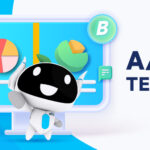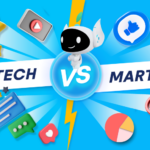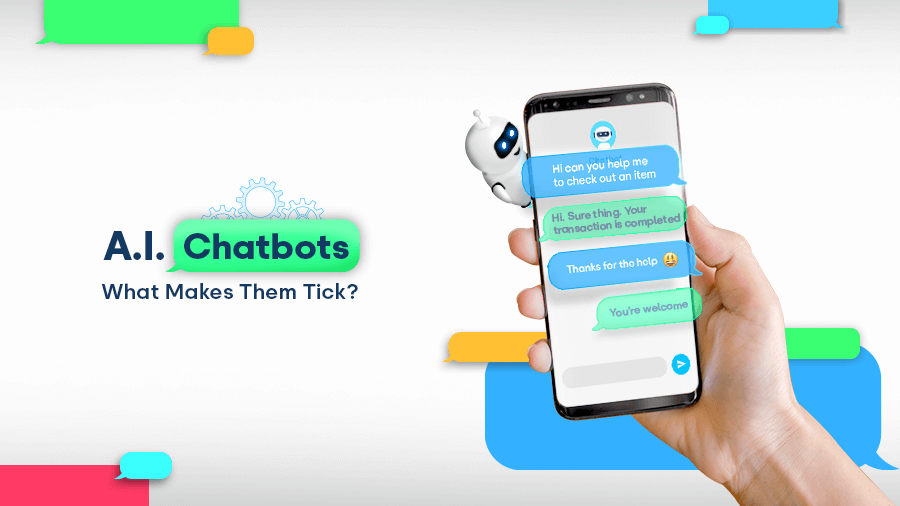
For many businesses in the digital disruption age, chatbots are no longer just a nice-to-have addition to the marketing toolkit. Understanding how do AI chatbots work can provide a timely, more improved experience than dealing with a human professional in many scenarios.
While many businesses these days already understand the importance of chatbot deployment, they still need to make sure that their chatbots are trained effectively to get the most ROI. And the first step is developing a digitally-enhanced customer experience roadmap. It’s time to take a deep dive into the inner workings of AI chatbots.
How Do AI Chatbots Work So Efficiently?
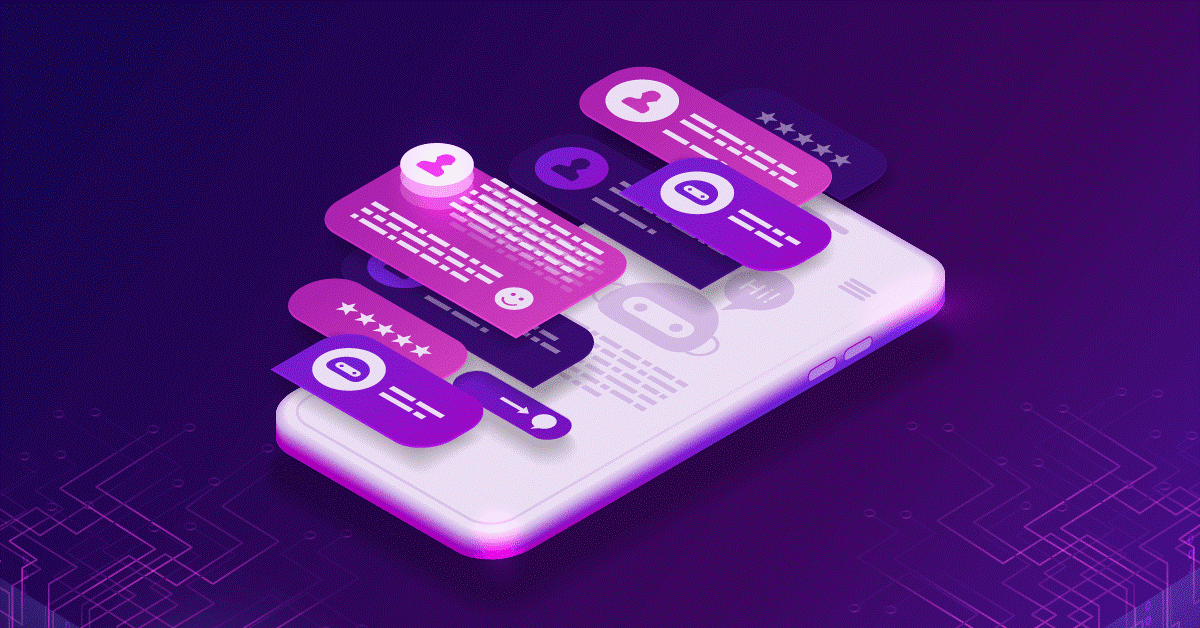
Let’s take a look from the front-end. Most chatbot interactions typically happen after a user lands on a website and/or when they exhibit the behavior of “being lost” during site navigation, having trouble finding the information they need.
Once the chatbot window appears – usually in the bottom right corner of the page – the user enters their request in plain syntax. The chatbot will then conduct a search by comparing the request to its database of previously asked questions. At the speed of light, the best and most relevant answer for the user is generated.
Sounds simple, right? There are actually quite a few layers to understand how a chatbot can perform this seemingly straightforward process so quickly.
What Are the Challenges for AI-Based Chatbots?
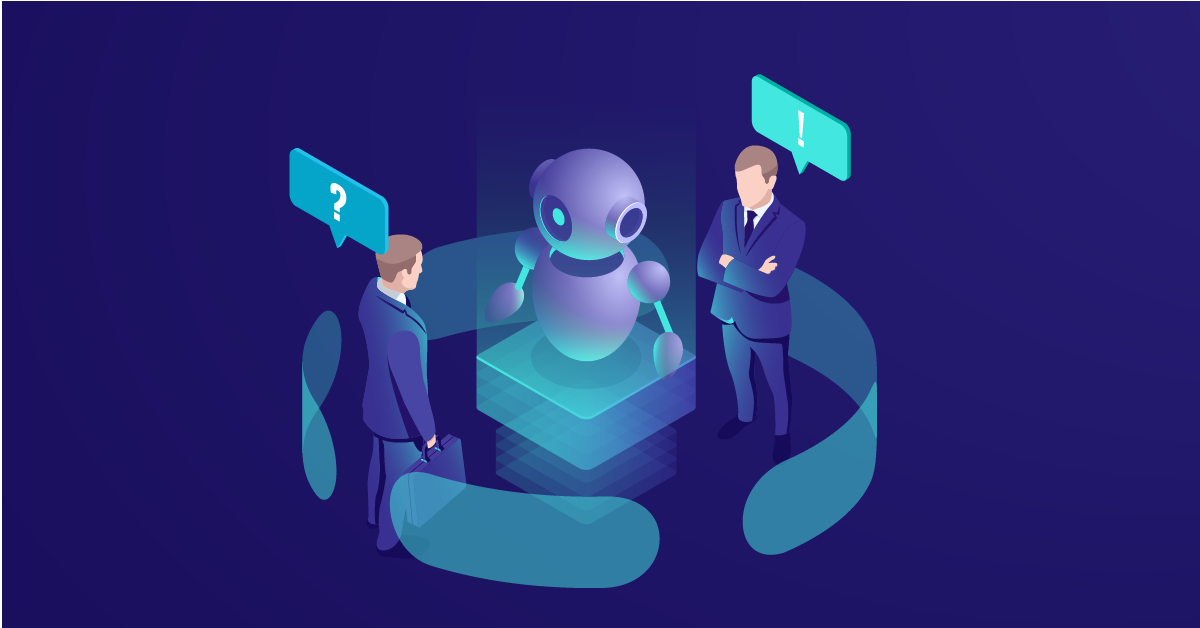
To improve their customer service delivery, AI chatbots have to be designed with the intelligence to evolve and provide more consistent support to customers. There are a few core challenges with the technology that often need fine-tuning:
- Data Security
As people grow more aware of their data privacy rights, consumers must be able to trust the computer program that they’re giving their information to. Businesses need to design their chatbots to only ask for and capture relevant data. The data collected must also be handled securely when it is being transmitted on the internet for user safety.
- Tone and Voice
Getting a machine to simulate human language and speech is one of the cornerstones of artificial intelligence. Machine learning is helping chatbots to develop the right tone and voice to speak to customers with. More companies are realising that today’s customers want chatbots to exhibit more human elements like humour and empathy.
- Sentiment
Similar to the second challenge, sentiment and emotions are also things that AI chatbots need to understand in order to deal with today’s customers. Businesses are constantly improving their chatbots’ Natural Language Processing to provide specific kinds of service and reduce the number of contextual mishaps.
A Beginner’s Guide to Chatbot Architecture
A core component for how AI chatbots work is Natural Language Processing (NLP): the ability to interpret and analyze human speech, find the right response and reply in a way that’s understandable in the user’s language.
The goal of NLP is to produce an interaction between computers and humans that’s as smooth as possible, like a real conversation between two people. NLP achieves this with 3 secondary processes: Natural Language Understanding (NLU), Dialogue Manager (DM), and Natural Language Generation (NLG).
Natural Language Processing (NLP)
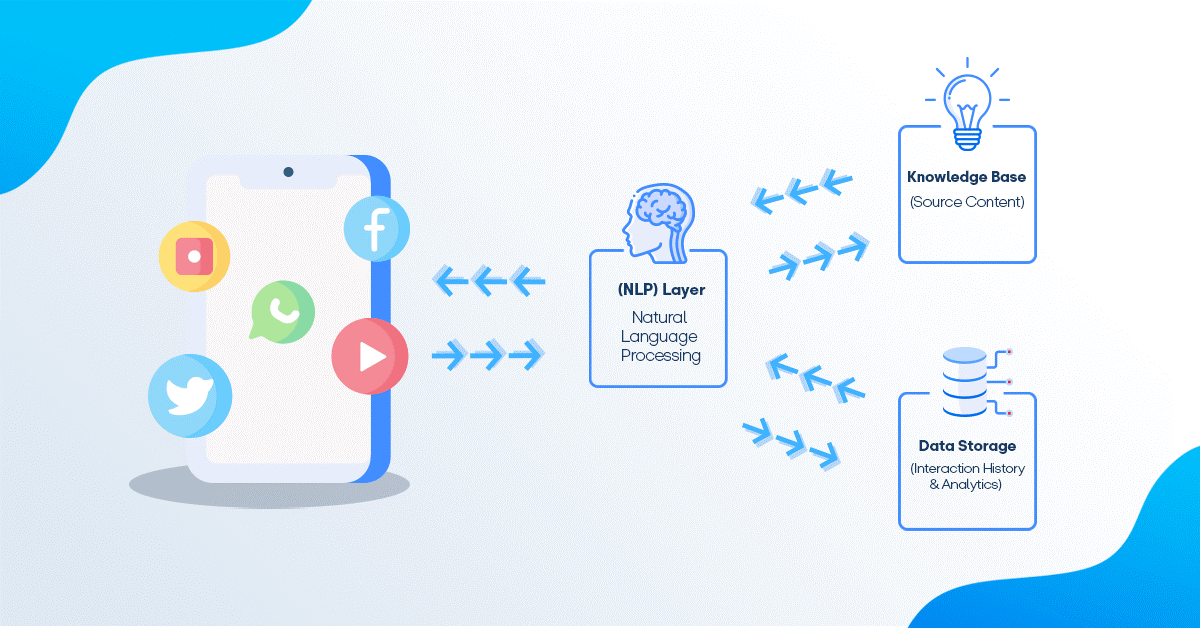
To respond to a request as accurately as possible, the chatbot uses a combination of pattern matches – a standard structured as Artificial Intelligence Markup Language (AIML) – to map the text in real-time to find applicable responses.
The following are some of the main program models in the NLP mechanism:
- Tokenization
Separating a sentence into different parts, words, or “tokens” that are linguistically representative, with a different value in the application.
- Normalization
Processing the text to discover any typographical errors and common spelling mistakes that might alter the intended meaning of the user’s request.
- Named Entity Recognition
Searching for different categories of words or “entities” that are similar to whichever information is provided on the site (i.e., name of a particular product).
- Sentiment Analysis
The ability to recognize users’ emotions and moods, study and learn the user’s experience, and transfer the inquiry to a human professional when necessary.
Like most modern apps that record data, the chatbot is connected to a database that’s updated in real-time. This database, or knowledge base, is used to feed the chatbot with information to cross-reference and check against to give an appropriate answer to the user’s request.
Natural Language Understanding (NLU)
NLU is the ability of the chatbot to break down and convert text into structured data for the program to understand. Specifically, it’s all about understanding the user’s input or request through classifying the “intent” and recognizing the “entities”.
- Intent
An action or a request the user wants to perform or information he wants to get from the site. For example, the “intent” can be to ‘buy’ an item, ‘pay’ bills, or ‘order’ something online, etc.
- Entity
An idea or a concept that compliments the “intent”. For example, the user can specify certain details such as a location, food, date, colour, size, etc.
For a long time, NLU only functioned on text inputs. With the advancement and growing popularity of voice-enabled virtual assistants, however, more chatbots are accepting audio inputs and feeding them into the NLU engine by converting speech into text through Automatic Speech Recognition (ASR).
Dialogue Manager (DM)
After the NLU engine is done with its discovery and conclusion, the next step is handled by the DM. This is where the actual context of the user’s dialogue is taken into consideration.
Here, it is instructive to take note of 2 sub-components that ensure how do AI chatbots work so intelligently:
- Dialogue State Tracking (DST)
If a user has conversed with the AI chatbot before, the state and flow of the previous conversation are maintained via DST by utilizing the previously entered “intent”.
In the case whereby the user wants to continue the previous conversation but with new information, DST determines if the new entity value received should change existing entity values. If the latest “intent” is to add to the existing entities with updated information, DST also does that.
- Dialogue Policy (DP)
Once DST updates the state of the current conversation, DP determines the next best step to help the user accomplish their desired action. Typically, DP will either ask a relevant follow-up question, provide a suggestion or check with the user that their action is correct before completing the task at hand.
Essentially, DP is a high-level framework that trains the chatbot to take the next step intelligently during the conversation in order to improve the user’s satisfaction.
Natural Language Generation (NLG)
At the end of the chatbot architecture, NLG is the component where the reply is crafted based on the DM’s output, converting structured data into text. In effect, it does the reverse of what NLU does.
Mapped to the “intent” detected in the user’s request, the NLG will choose one of several user-defined templates with a corresponding message for the reply. If some placeholder values need to be filled up, those values are passed over by the DM to the NLG engine.
Finally, an appropriate message is displayed to the user and the chatbot enters a mode where it waits for the user’s next request.
Are You Ready to Implement Chatbots for Your Business?
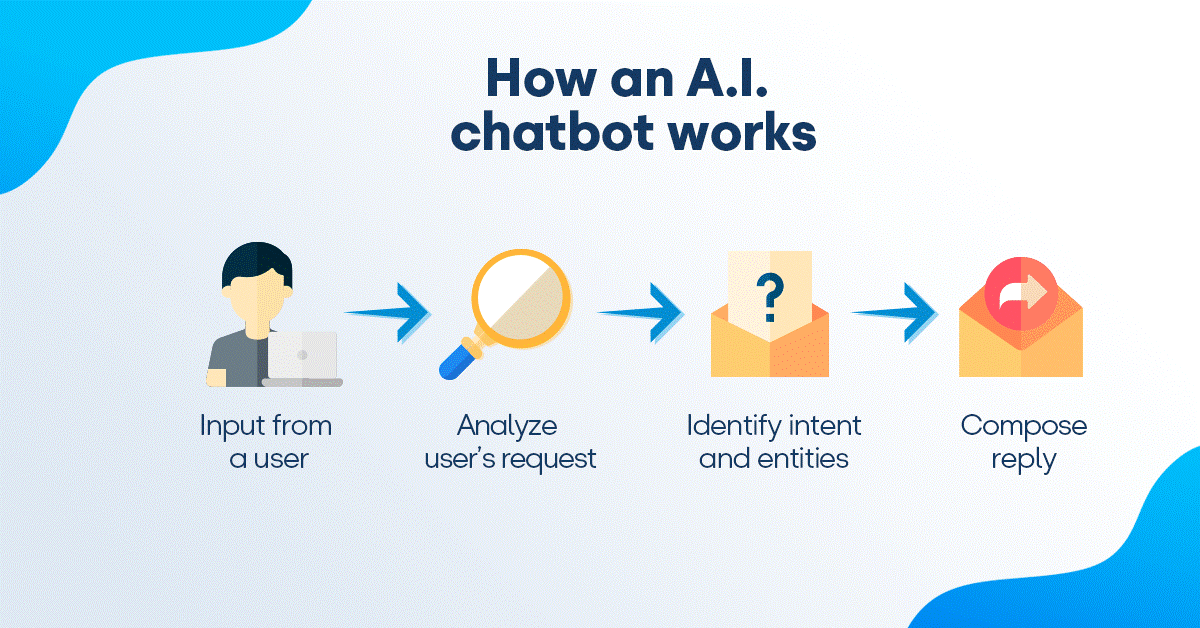
At the heart of an AI-powered chatbot lies a smart mechanism built to handle the rigorous demands of an efficient, 24-7, and accurate customer support function. AI chatbots are valuable for both businesses and consumers for the streamlined process described above.
With elfoBOT’s solution, you can use our chatbot platform to build AI chatbots to keep your customers engaged in meaningful ways. Connect your users with results as quickly as possible.



